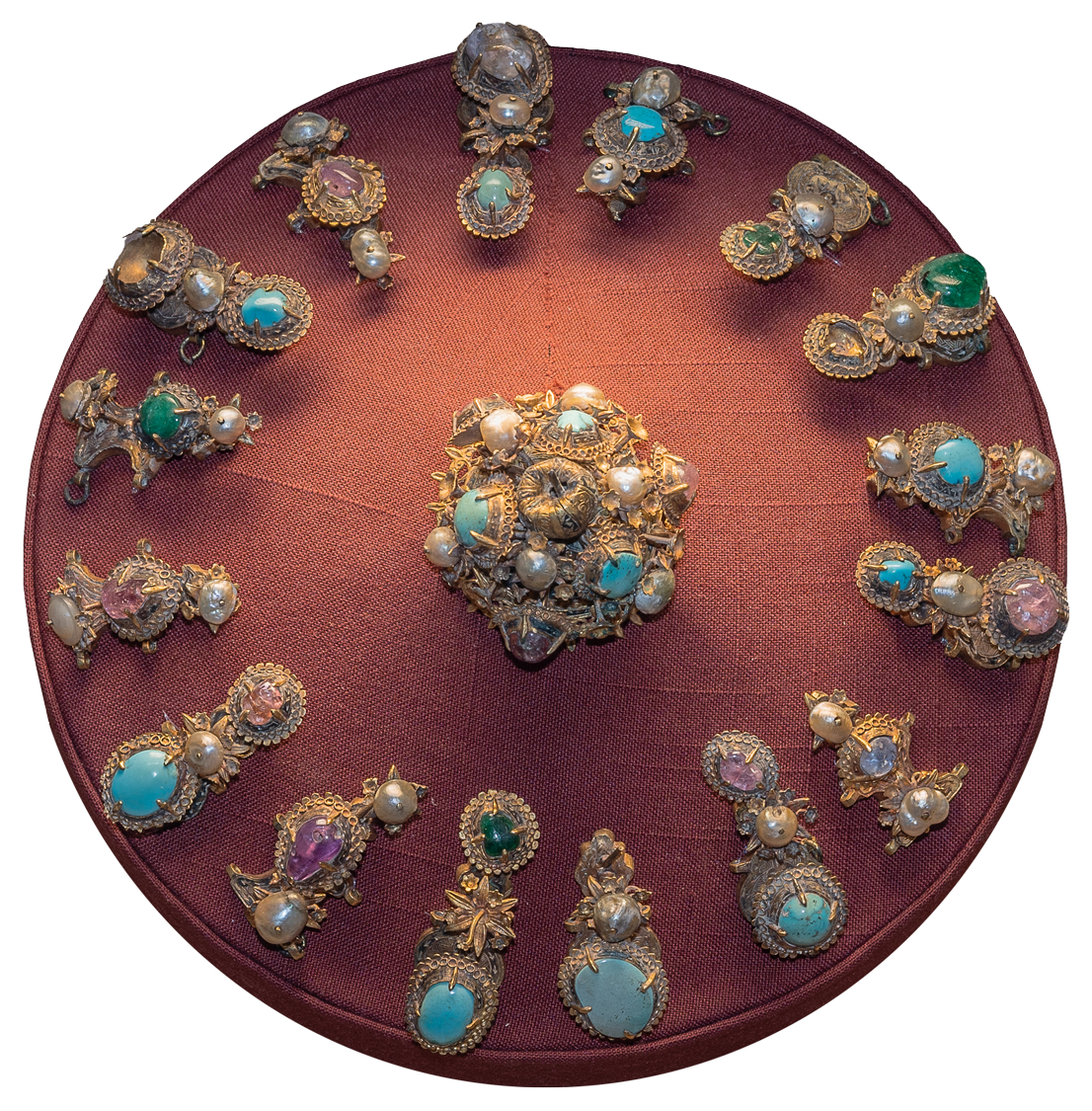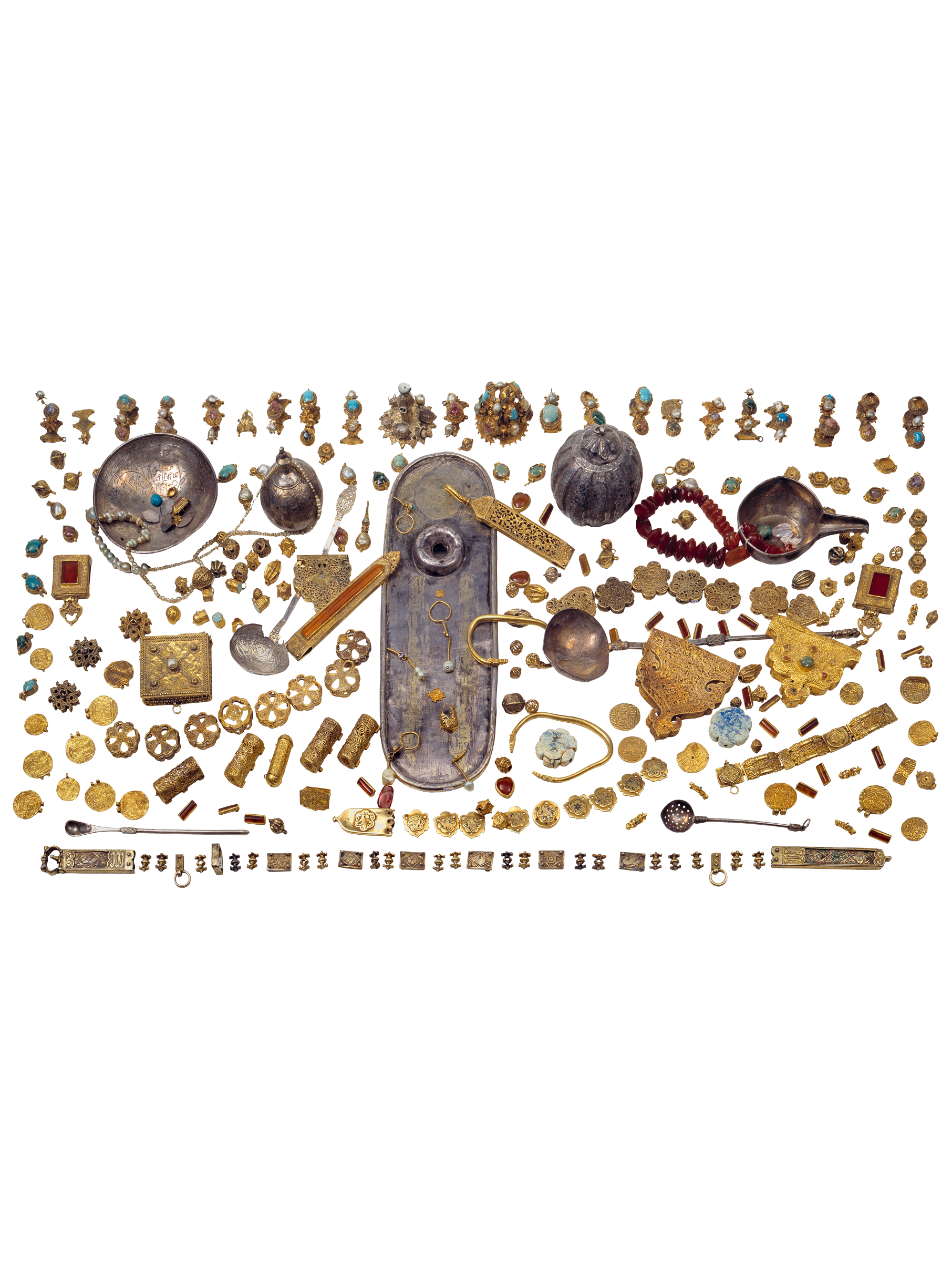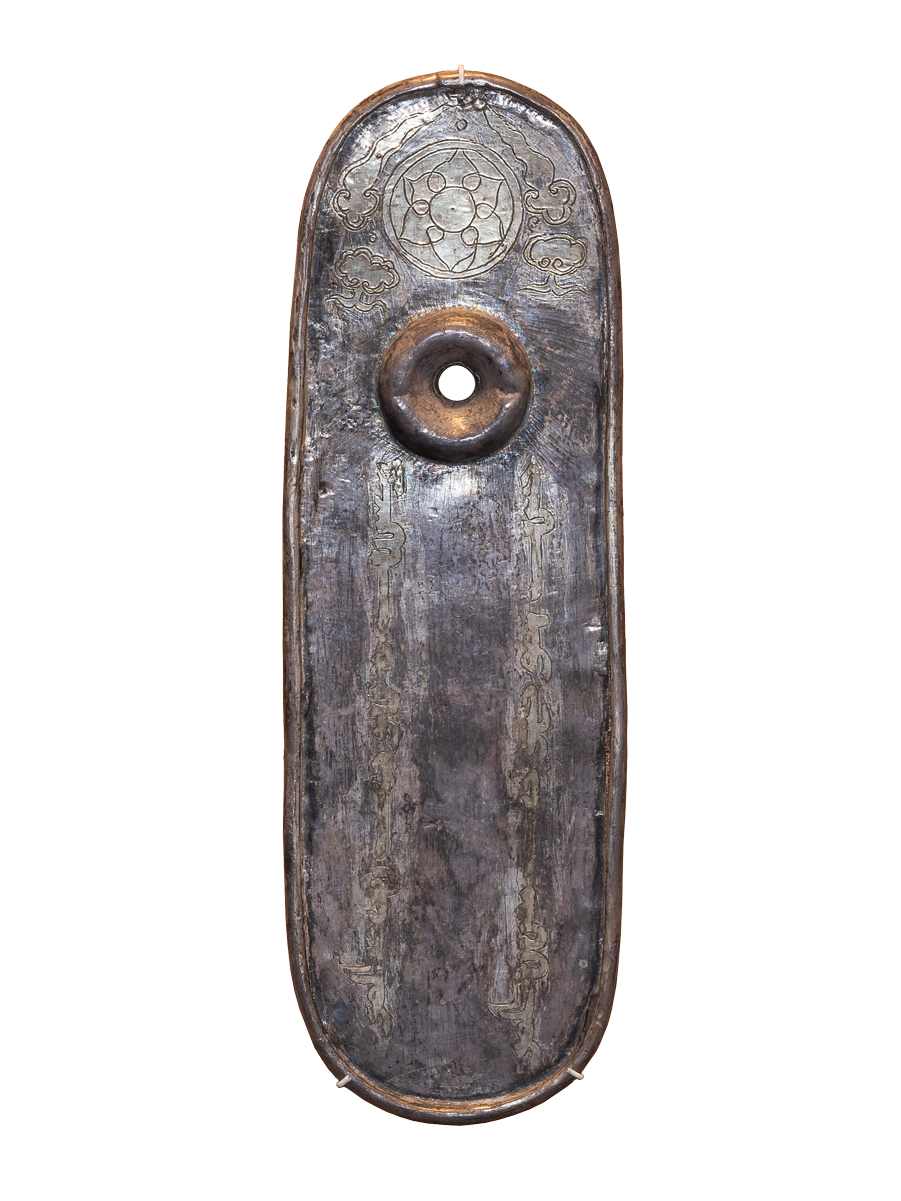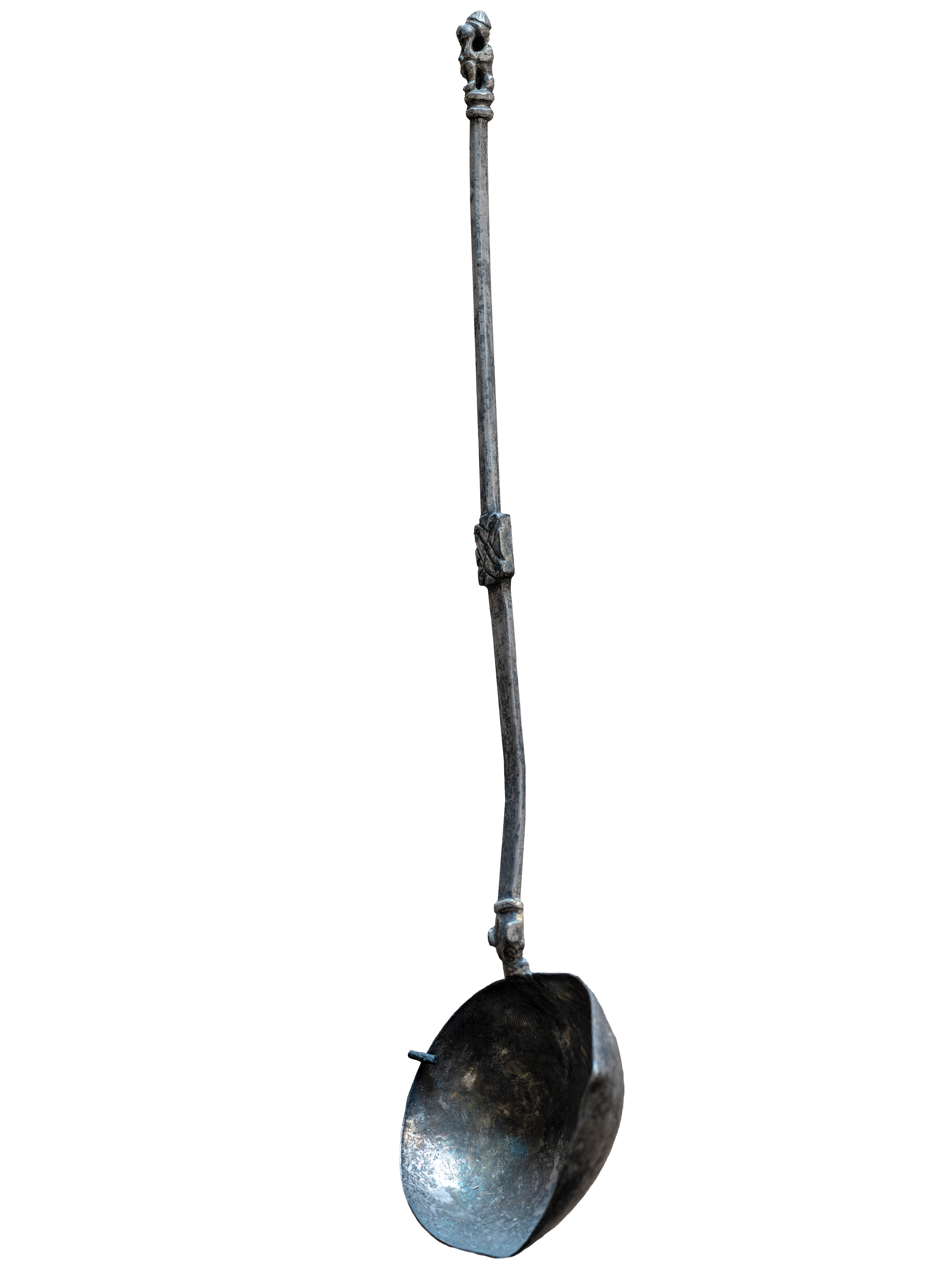Simferopol hoard




The “Simferopol hoard” is a masterpiece of a jeweler art of the Golden Horde. 328 items of gold, silver, precious and semiprecious stones of 2 kg 584 g of common weight were found during digging not far from Simferopol in 60-ies of the last century. Judging by the presence of a silver paiza of Khan Kildibek, who ruled in the middle of the XIV century, the hoard belonged to the representative of the supreme Horde aristocracy who had a lot of power. Jewelry of high artistic merit witnessed his high position. Golden decorations of a headdress and golden chains of medallions with stones and pearls, sets of accessories of belts, bracelets and amulet’s cases, coins and various plaques and pendants, silver dishes and spoons, made in technique of filigree and granulation, decorated with engraving, niello and enamels. The motifs of the patterns covering the items of the Simferopol hoard are different in origin. They combine cultural traditions of Western and Eastern jewelry masters. To sum up, the Simferopol hoard reflected an important trend - the intensive development and processing of the cultural achievements of conquered people in the Golden Horde.
More information...The “Simferopol hoard” is a masterpiece of a jeweler art of the Golden Horde. 328 items of gold, silver, precious and semiprecious stones of 2 kg 584 g of common weight made in Crimea, Northern Italy, Syria and Egypt, were found during digging not far from Simferopol in 60-ies of the last century. It is likely that treasures were put to some vessel (some of items were broken or bended), but it is impossible to determine that as the hoard was found not by archaeologies but by builders during their work. Judging by the presence of a silver paiza of Khan Kildibek, who ruled in the middle of the XIV century, the hoard belonged to the representative of the supreme Horde aristocracy who had a lot of power. Jewelry of high artistic merit witnessed his high position. Chains of medallions with precious stones and pearls, three warrior’s belts – two golden and one silver with enamel inlays, made by Italian craftsman; bracelets and amulet’s cases, made of thin golden wire in technique of filigree; coins minted by Indian sultans, different plaques and pendants.
Among items of the hoard are accessories of a woman’s headdress. They consist of plaque-top and 16 figured boundary plaques. The plaque-top was fixed in the middle of a headdress and figured plaques were framing its crown, creating the border of interchanging tablets connected with thin chains and decorated with precious stones. On the central plaque were fixed precious and semiprecious stones in oval holders with filigree, pearls in holders in shape of rosace and tiny casted rosaces, fixed on long bended wires. Decorations of the hat were made most likely in Eastern Crimea in Solkhat city in one of workshops that served to the aristocracy of the Horde in Crimea. The hoard contained silver dishes, spoon-strainer and spoon-bailer, at the end of the handle of which, there is a figure of a man holding a cup held to his mouth with both hands. On the head of a man is a conical hat with an image of an eagle owl - a symbol of wisdom in medieval Mongolia. Golden and silver items made in different techniques. Jewelers used techniques of engraving, granulation, filigree, gilding, niello, minting and enamel. Motifs of patterns covering items of the Simferopol hoard are different in origin. They combine the cultural traditions of Western and Eastern jewelry masters. To sum up, the Simferopol hoard reflected an important trend - the intensive development and processing in the Golden Horde of the cultural achievements of the conquered people.



